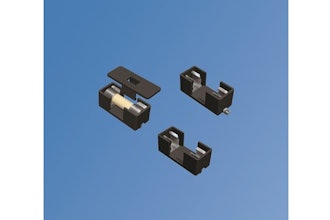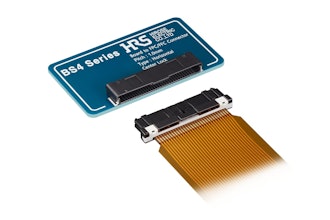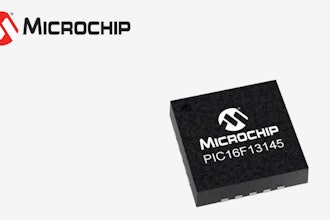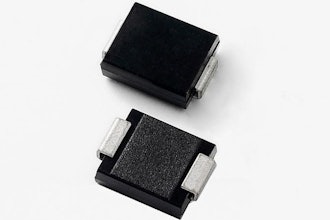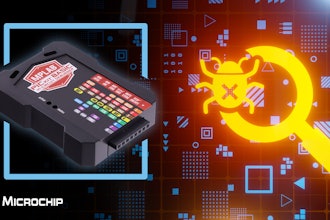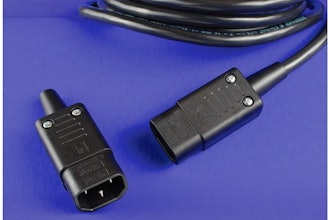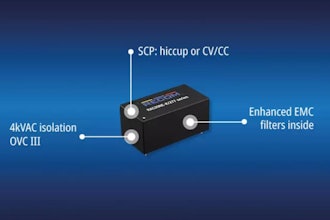
Rohm announces the availability of BM1ZxxxFJ, integrated zero cross detection IC series, optimized for home appliances such as vacuum cleaners, washing machines, and air conditioners.
The rising demand for smart appliances and IoT applications has added communication functionality (i.e. Wi-Fi) to home appliances. As it is necessary for such devices to always be ON to maintain communication, manufacturers are required to reduce standby power consumption even more to around 0.5W. This calls for lower standby power consumption by the motor and power supply blocks along with innovative new technologies.
Many appliances require a zero cross detection circuit for detecting the 0V point (zero cross point) of the AC waveform in order to provide efficient control of both motors and MCUs. However, in terms of power consumption, conventional zero cross detection circuits utilize a photocoupler that accounts for nearly half of the standby power of the entire system.
In response, Rohm developed the first integrated zero cross detection solution for power supplies in the home appliance sector. The integrated zero cross detection IC provides designers a turn-key zero cross detector without the need for a complex design using discrete components. Additionally, this integrated solution does not use a photo-coupler typically used in other solutions, and, therefore, it further reduces standby current consumption and increases long-term reliability. Not surprisingly, this feature has been well identified by appliances manufacturers and already considered in the qualification phase.
The BM1ZxxxFJ series reduces standby power consumption of the zero cross circuit to just 0.01W while continuously powering the system. What’s more, the error in delay time (which varies depending on the AC voltage) that exists with conventional photocoupler-equipped zero cross detection circuits is limited to ±50µs or less. This allows for the efficient drive of motors – even with the different AC supply voltages used in various countries and regions – as well as MCUs (which is difficult to achieve using conventional zero cross detection circuits). At the same time, eliminating the need for a photocoupler contributes to greater application reliability by reducing risks related to age-based degradation.
For more, visit https://www.rohm.com.









